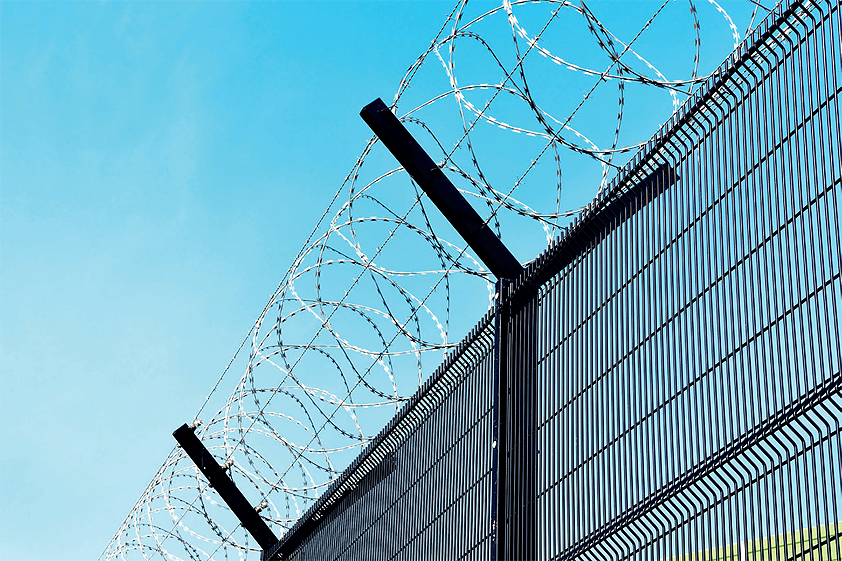Revolutionizing the Fencing Business: The Rise of Innovative Solutions
Gone are the days when the fencing industry was limited to traditional wooden or chain-link fences. Today, the fencing business has witnessed a wave of innovations that have transformed the sector. From cutting-edge materials to smart technology integration, the dynamics of fencing solutions have evolved significantly. In this blog post, we will dive into the latest advancements in the field, exploring their implications and envisioning the future of the fencing business.
The Latest Innovations and Their Implications
- Composite Materials: Traditional materials like wood or metal have given way to composite materials in the fencing industry. These materials, typically a combination of wood fiber and plastic, offer enhanced durability, low maintenance, and resistance to rot and pests. They also come in a variety of colors and textures, providing homeowners and businesses with more customization options. The use of composite materials has revolutionized the fencing business by offering a sustainable and long-lasting alternative to traditional options.
- Smart Fences: As technology infiltrates every aspect of our lives, it is no surprise that fences are also becoming “smart.” Smart fences are equipped with sensors, cameras, and connectivity features that provide increased security and convenience. These fences can detect intrusions, send alerts to property owners’ smartphones, and even integrate with home automation systems. For businesses, smart fences offer advanced perimeter security and real-time monitoring, ensuring the safety of their premises. The adoption of smart technology in fencing solutions has brought a new level of efficiency and sophistication to the industry.
- Modular Fencing Systems: Modular fencing systems are gaining popularity due to their flexibility and ease of installation. These systems are composed of pre-designed panels that can be easily assembled and disassembled, allowing for quick and hassle-free construction. Modular fencing systems offer convenience, especially in commercial settings where time is of the essence. They allow for easy customization and modification, enabling businesses to adapt their fencing solutions as per their evolving needs. This innovation has significantly reduced installation time and costs, making it an attractive option for many customers.
Conclusion: Connecting Current Developments and Future Prospects
The advancements in the fencing business have not only improved the quality and functionality of fencing solutions but also opened up new opportunities for the industry. With the rise of composite materials, the fencing industry can contribute to sustainability efforts by reducing reliance on deforestation and non-renewable resources. The integration of smart technology into fences enhances security measures, providing peace of mind to homeowners and businesses alike.
Looking ahead, the future of the fencing business seems promising. Further developments in composite materials may lead to even more sustainable and eco-friendly options. Artificial intelligence and machine learning can enhance the capabilities of smart fences, making them more intelligent and adaptive. The use of robotics in fence installation and maintenance is another area that holds potential for improvements in efficiency and cost-effectiveness.
The fencing business is no longer confined to traditional norms. It has embraced innovation, transforming the sector into a dynamic and forward-thinking industry. As technology continues to evolve and customer expectations change, the fencing business will undoubtedly continue to revolutionize itself, offering cutting-edge solutions that cater to the evolving needs of homeowners and businesses alike. So, whether it’s a composite fence that stands the test of time or a smart fence that offers unparalleled security, the future of the fencing business is bound to be exciting and transformative.

